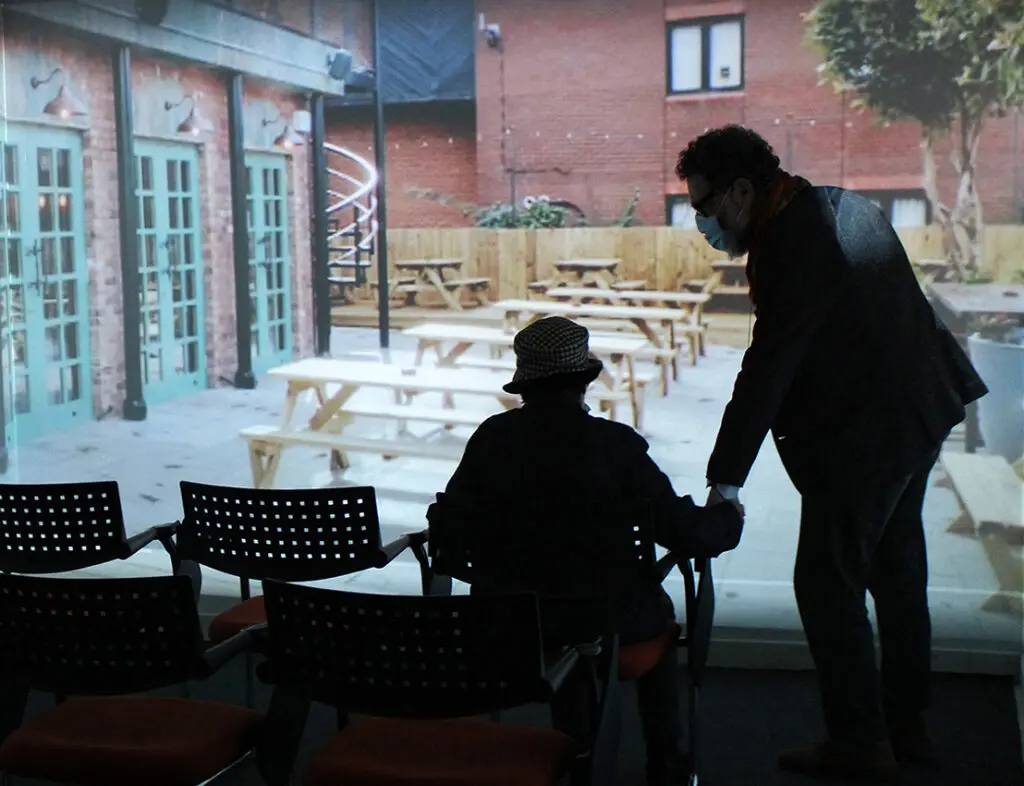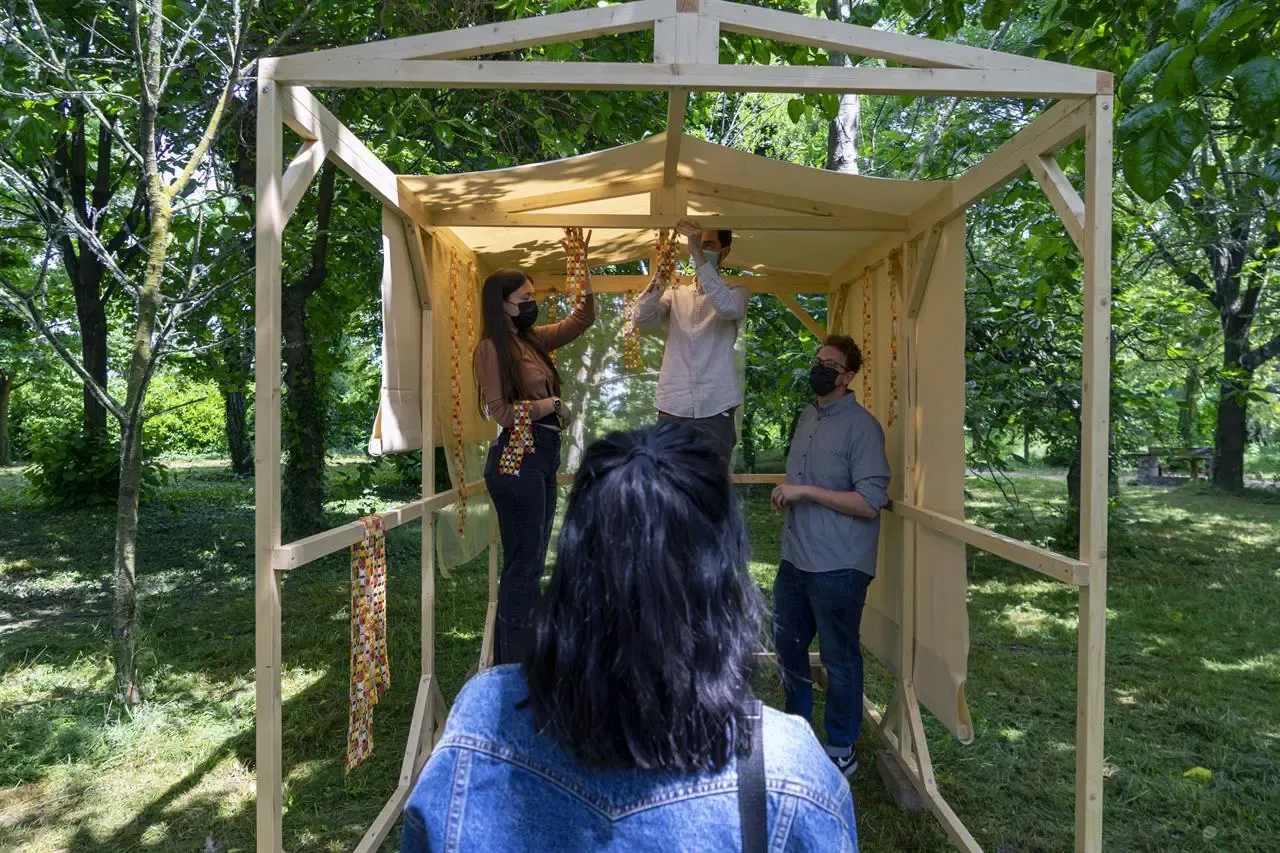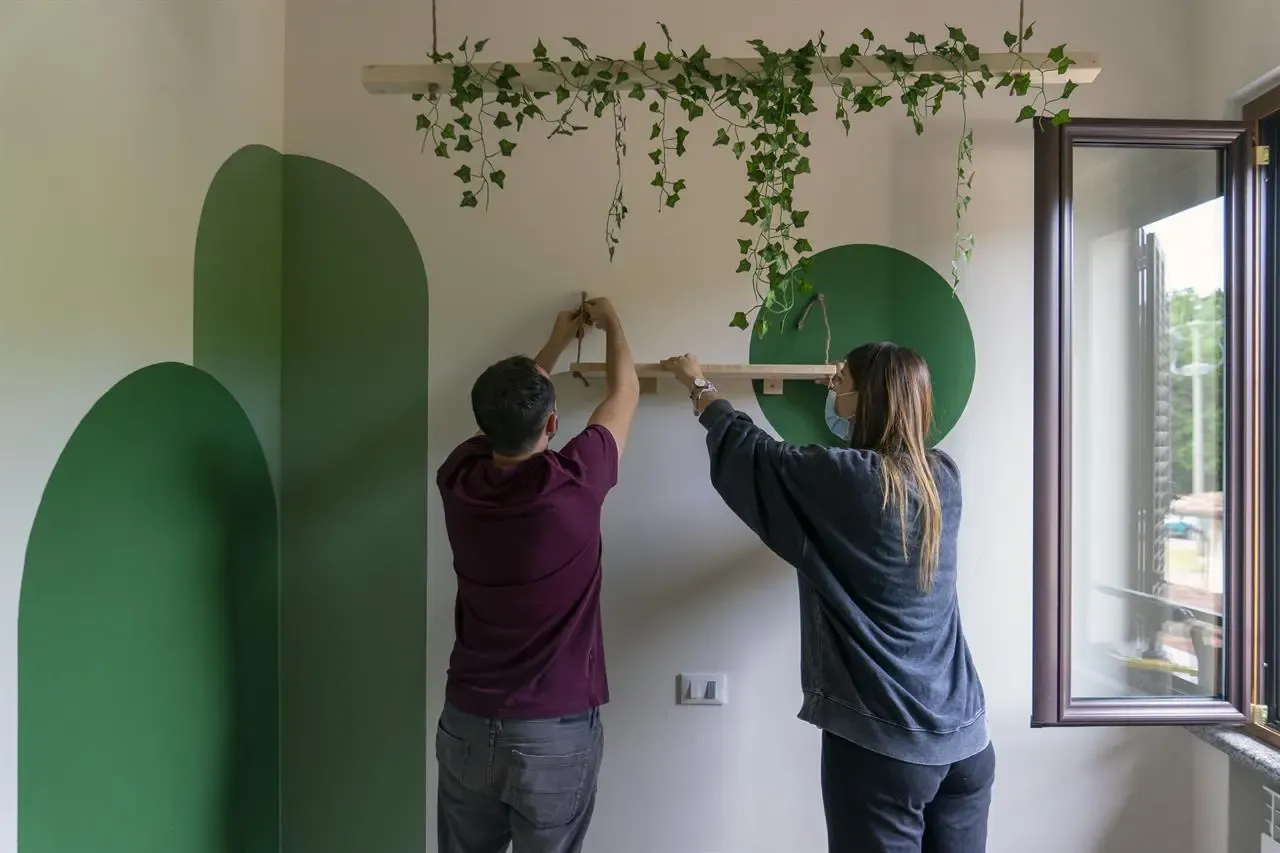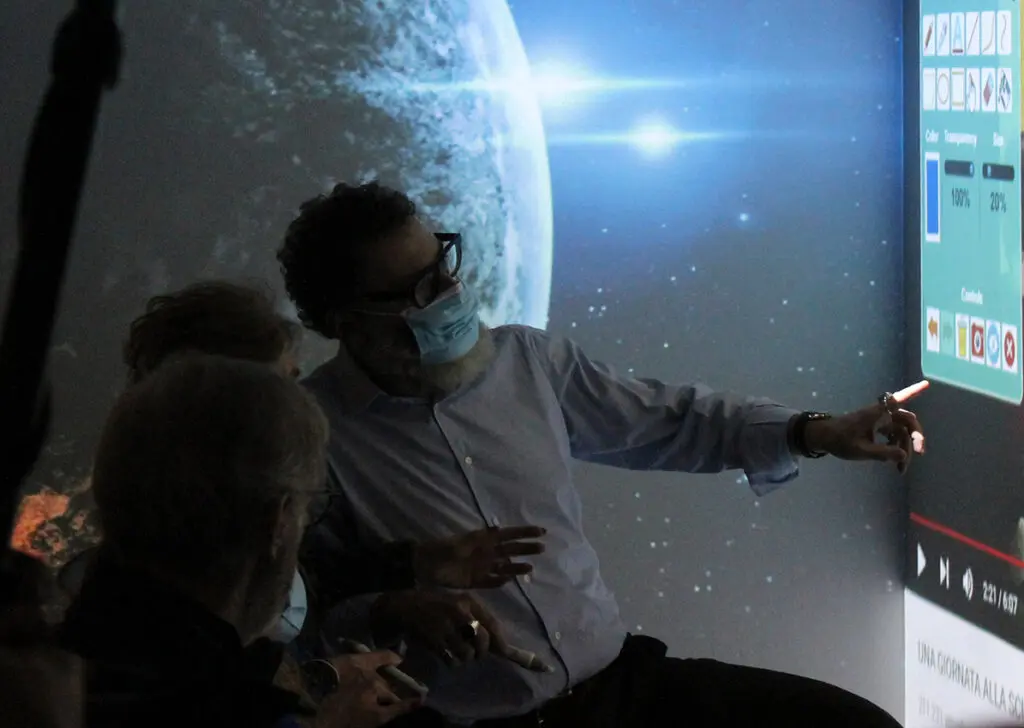The therapeutic habitats of the LABIRINT research group
World Alzheimer's Month

September is World Alzheimer's Month, and Politecnico di Milano's Department of Design wanted to highlight the importance of the issue and the research dedicated to it through the screening of the documentary L'acqua non muore mai. Cinque domande sull'Alzheimer e l'identità, by director Barbara Roganti, a collective narrative that explores stories and relationships related to Alzheimer's and dementia, and speaks to the audience about quality of life in times of illness.
Through interviews, stories and images, the documentary also presents the activities of the Laboratory of Innovation and Research on Interiors (LABIRINT), a research group of the Department led by Professor Alessandro Biamonti, which has been working for years on non-pharmacological therapies for the treatment of Alzheimer's syndrome.
Dementia, also known as "major neurocognitive disorder," is a condition that manifests itself through a range of cognitive, psychological, and behavioral symptoms. These include problems with memory, learning, orientation, and language, as well as behavioral problems such as hyperactivity, aggression, and depression.
Although there is currently no cure for dementia, there are non-pharmacological strategies that aim to improve the quality of life of people with the disease by trying to restore and use patients' remaining abilities. One such strategy is the creation of therapeutic environments, which is at the heart of LABIRINT's research activities. Since 2005, LABIRINT has been studying the influence of the indoor environment on the perception and well-being of people with dementia, using a multidisciplinary approach involving designers, students, associations and health and social care professionals.

Therapeutic Habitats
The therapeutic habitat is not just a physical space, but an environment that meets the sensory, perceptual and emotional needs of people with dementia. Inspired by biology, which defines habitat as a set of conditions conducive to life, LABIRINT designers seek to create a context that promotes well-being through aspects such as light, humidity, temperature, color and sound.
This research resulted in the creation of GRACE_Lab, an experimental laboratory founded in 2018 in collaboration with the EQUA cooperative. Located in Figino, a suburb of Milan, GRACE_Lab is housed in a day care center for dementia patients and is a place where research and practice meet to develop innovative environmental solutions.


GRACE_lab was created with the aim of designing and testing environments and tools for Therapeutic Habitats dedicated to the treatment of Alzheimer's Syndrome, thanks to the active presence of an interdisciplinary team composed of researchers, designers, operators and caregivers.
Prototypes of products, environmental solutions and services were developed in the research laboratory and then tested in Grace's environments. The team monitored and supervised the work of several undergraduate students in the development of graduate theses, the results of which were implemented and applied within the facility.
«I believe that the fears of existence can only be addressed through awareness and knowledge of our frailties. So a society, and consequently a city, that increasingly welcomes frailties (as many as possible) is our real next goal as designers and human beings.»
(Alessandro Biamonti)

Home-making
A key concept in creating therapeutic habitats is home-making, a process that helps people with dementia feel a sense of belonging and comfort, even in new environments such as care facilities. Creating a "home," a familiar and reassuring environment, is essential to maintaining implicit memory and psychological well-being, as the continuity of daily activities, combined with positive and regular interactions, allows people with dementia to reestablish a connection with the space in which they live.
An example of this approach is train therapy and the special cabin designed by LABIRINT, which uses the simulated environment of a train carriage (the flowing landscape, conversation, etc.) to create a relaxing, familiar and hypnotic atmosphere. This type of sensory and symbolic experience has a calming effect that reduces the need for pharmacological interventions.
The effectiveness of therapeutic habitats is related to their ability to encourage action as a means of decreasing medication use. Through the design of spaces that stimulate the senses and encourage relaxed behaviors, patients can experience a reduction in symptoms such as anxiety and restlessness.
«Alzheimer's disease is one of the great challenges we must face if we want a society in the future that is able to welcome frailty with respect and dignity. Recent years have shown how design can be a valuable enabler in this field, contributing to greater effectiveness of non-pharmacological therapies.»
(Alessandro Biamonti)
LABIRINT - Laboratory of Innovation and Research on Interiors deals with inhabited spaces as part of the broader anthropological question of inhabiting the world, through an international dialogue between didactic experimentation, research-action and design laboratory.
The research activity is based on the study of the socio-cultural phenomenology of contemporary places, adopting a sense/time dimension of analysis that leads to the enhancement of the sensoriality and perceived quality of places through an inclusive approach, and the exploration of the relationship between time and the design of spaces, leading to the study of "adaptive" strategies and new ways of using places.